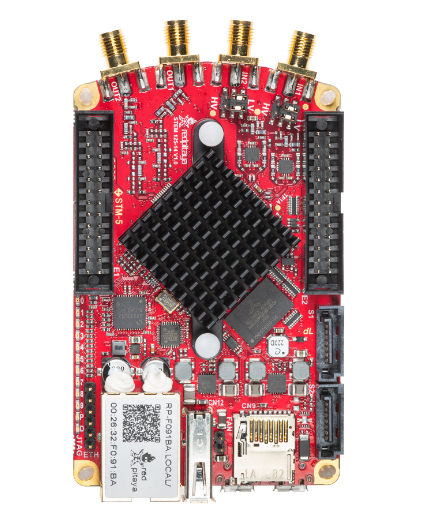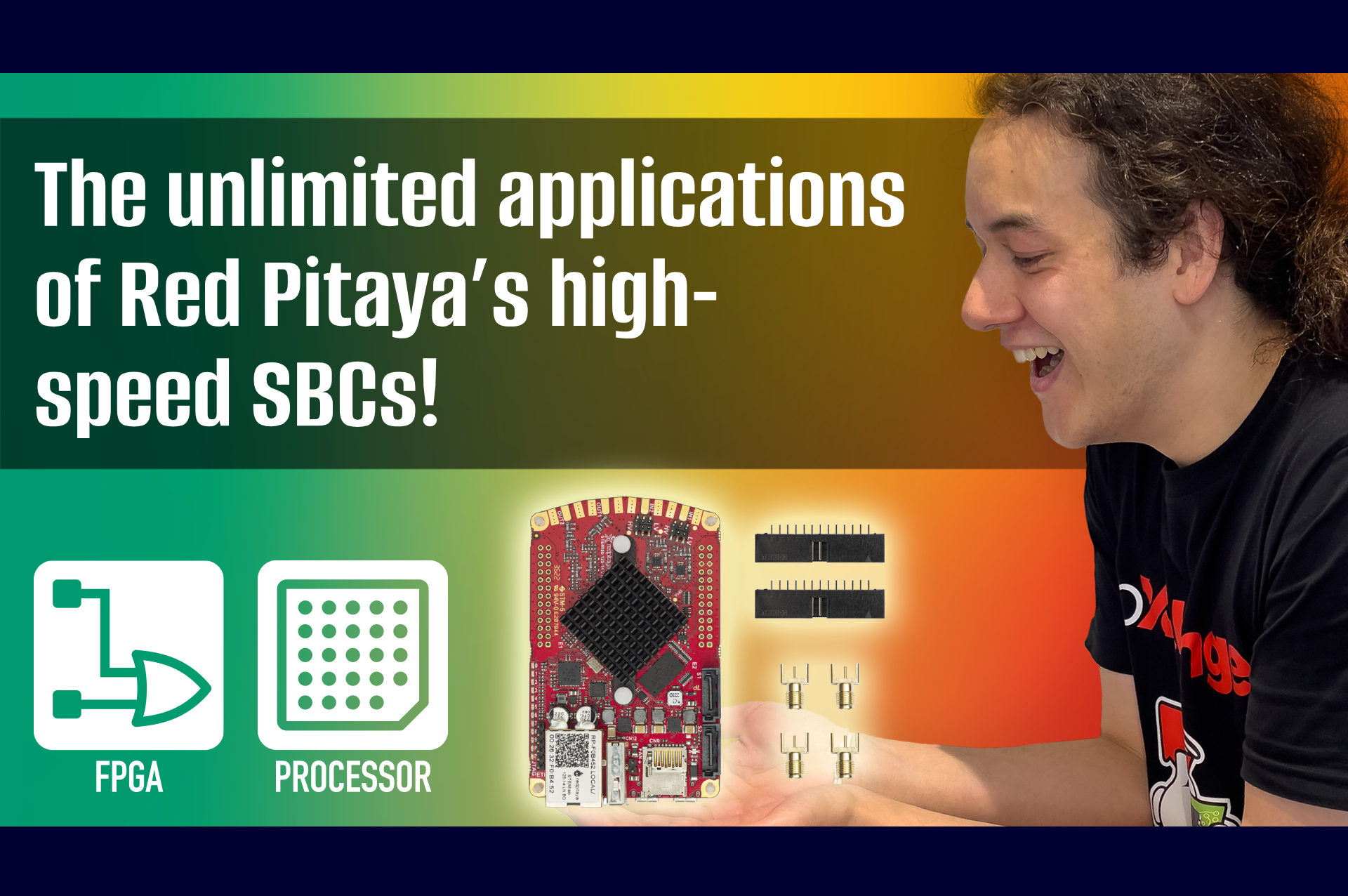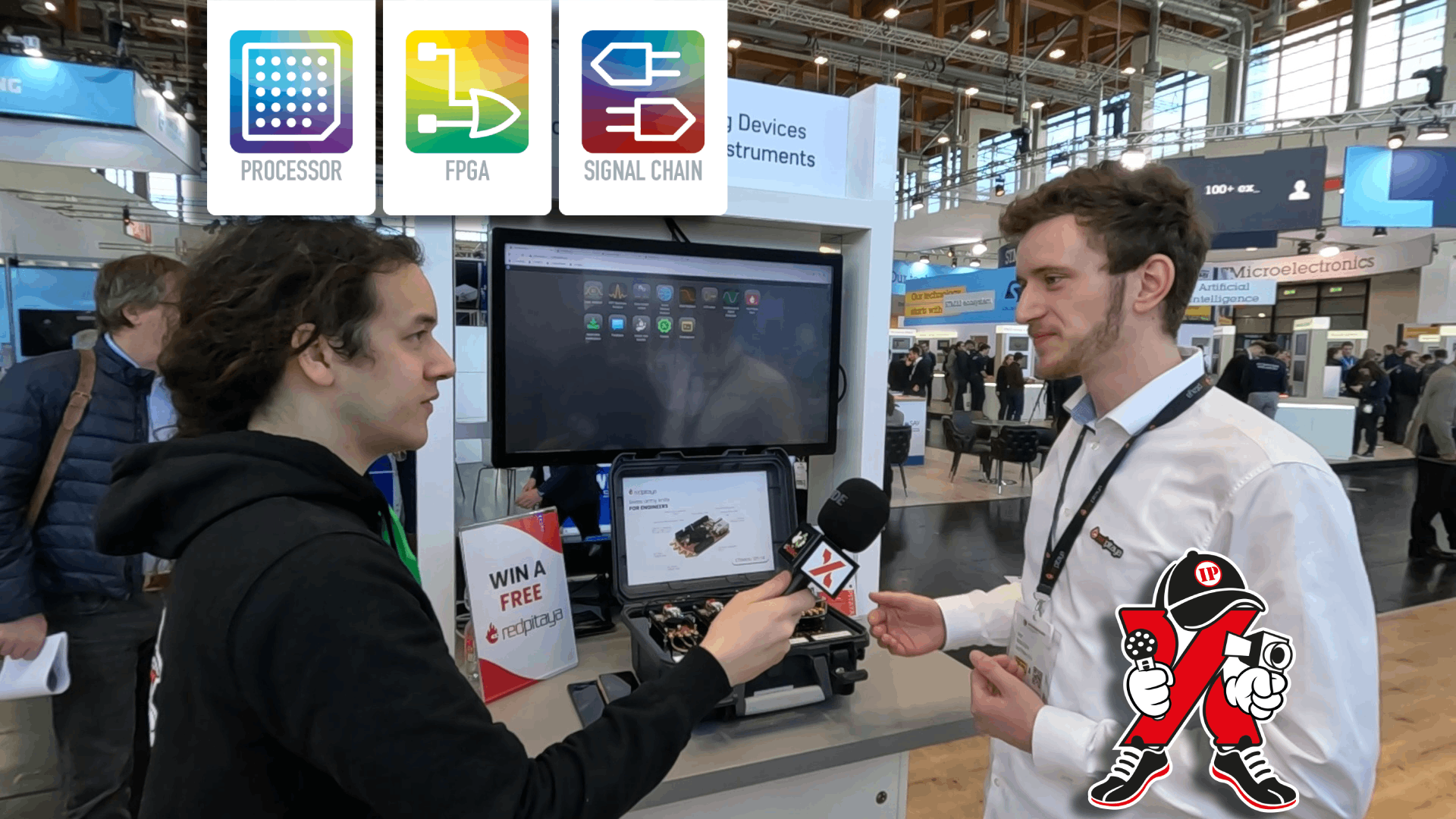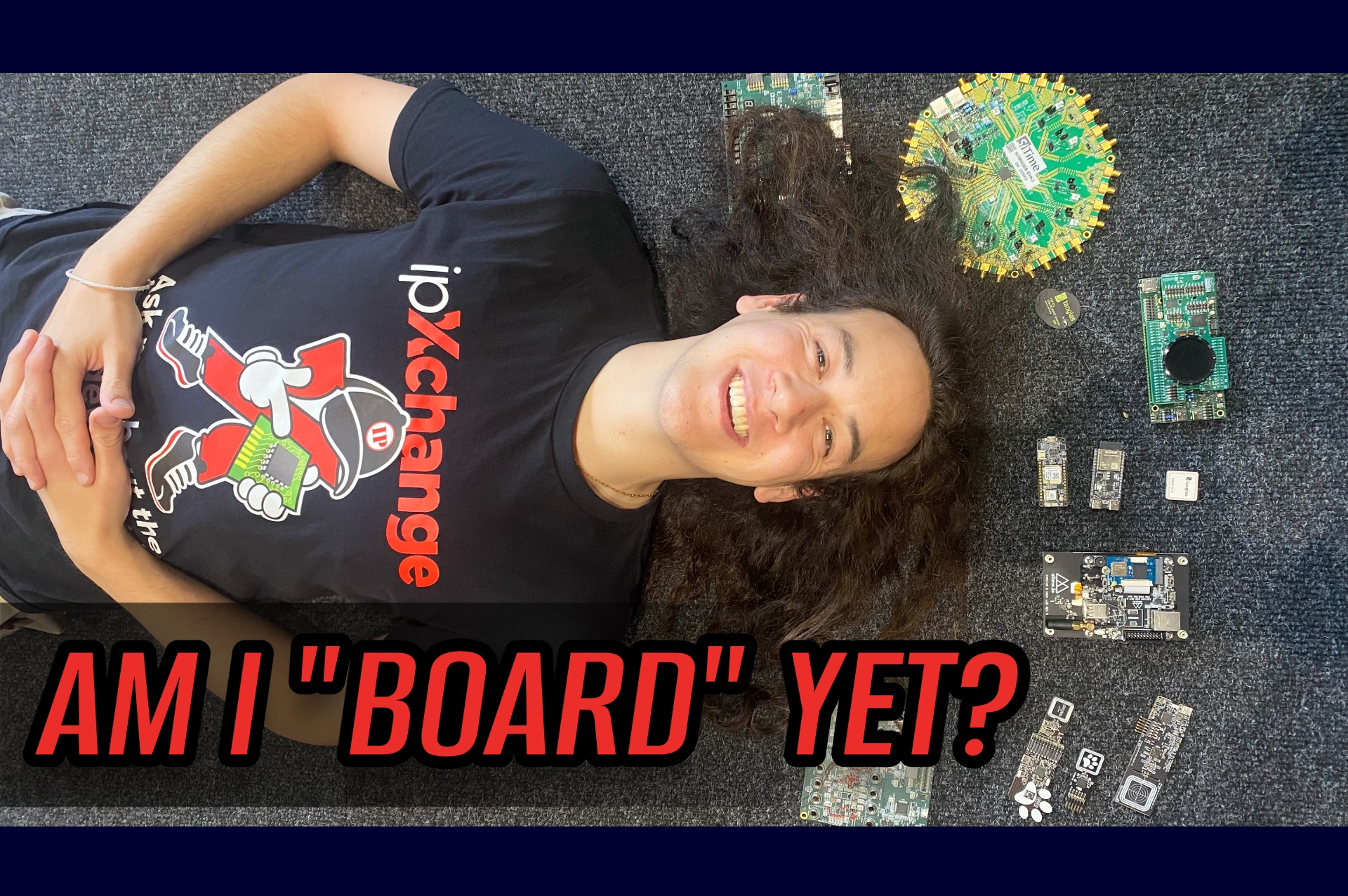Red Pitaya’s STEMlab 125-14 is a low-cost, open-source platform for integrating low-noise, high-stability measurement-and-testing capabilities into OEM devices for applications including automotive, aerospace, telecommunications, medical, and software defined radio.
Out of the box, this compact, easy-to-integrate board (14 x 10 x 4.5 cm, 0.4 kg) allows remote connection to a range of free, web-based measurement tools to support your application, without the requirement for installing proprietary software, though an internet connection is not required to use these tools offline once they have been deployed to the hardware. These tools include:
- Oscilloscope & signal generator
- Spectrum analyser
- LCR meter
- Bode analyser
- Logic analyser
- Vector network analyser
Users can also develop their own tools to support an end product.
The STEMlab 125-14 features 2-input, 2-output RF connectivity via SMA, both running 125 Msps at 14-bit resolution with a bandwidth from DC to 60 MHz. The full-scale input of the device is ±1 V and ±20 V at 1 MΩ / 10 pF (absolute max. 30 V). The device can output at ±1 V (50 Ω) with a slew rate of 2 V / 10 ns.
The Red Pitaya board can be controlled remotely over LAN (1 Gbit ethernet) or wireless networks (requires Wi-Fi dongle) using familiar research-level languages such as Python, MATLAB, and LabVIEW. The open-source nature of Red Pitaya also allows users to turn this pocket-sized multi-instrument device into a DSP development board, DAQ card, or FPGA development board.
For those looking to program their own functionality, the STEMlab 125-14 also serves as a Linux single-board computer powered by a dual-core Arm Cortex-A9 processor supported by 512 MB RAM. System memory is provided through a micro-SD card with up to 32 GB storage, and Red Pitaya provides a lifetime license to Jupyter Notebook and a list of C code functions to enable users to access full control of the board. Free code is also available on Github for programming the on-board Xilinx Zynq 7010 FPGA (7020 for the low-noise version of this board).
Connection to the board’s other interfaces is provided via extension headers for 16 digital IOs, 4 analogue inputs (0-3.5 V, 12 bit at 100 kS/s), 4 analogue outputs (0-1.8 V), and other standard interfaces. The STEMlab 125-14 can be powered using the micro-USB port (5 V, 2 A max.), and boards can be daisy-chained over SATA connection (up to 500 Mbps) for more-demanding workloads.
If you’ve got a commercial project that requires on-the-go signal analysis, Red Pitaya has a solution, so fill out the form below, and ipXchange will get you connected. A range of application-specific variants of this board are available, including a 4-input version with a larger FPGA and a connector-less version for more flexible integration, so get a chat going, and Red Pitaya will direct you to their best board(s) for your project.






